Aristotle Beginning Middle End
Aristotle beginning middle end. Aristotle 384-322 BC The beginning initiates a main action in a way which makes it look forward to something more the middle presumes what has gone before and requires something to follow. In Poetics Aristotle wrote A whole is that which has a beginning and middle and end His articulation of each of these three parts and how they fit together is as follows. Those who insist on Aristotles story formulaa beginning a middle and an endwill get those three goodies but not necessarily in that order.
The tripartite structure outlined in the adage is a satirical trope that modifies a formulation given in Aristotles Poetics. In his Poetics Aristotle considered plot the most important element of dramamore important than character for example. Aristotle wrote A whole story is what has a beginning and middle and end His articulation of each of these three parts and how they fit together is as follows.
In the first put your hero up a tree. In the second throw rocks at the hero. Aristotles framework is simple.
A beginning is that. The order of unified plot Aristotle points out is a continuous sequence of beginning middle and end. It may produce the appropri-ate pleasure Even a perfunctory reading of the Poetics reveals Aristotles major concerns to be that a drama should follow a course of action through to a logical though preferably.
According to Meir Sternberg Aristotles model restricts the well-made epic or play to a whole holos action with beginning middle and end linked throughout by necessary or probable sequence so that nothing will follow its cutoff point. A middle follows something and is followed by something. It all starts with a story having a beginning a middle and an end.
A whole is that which has a beginning a middle and an end. The idea of these three movements is so fundamental to the human experience it is little wonder that story structure evolved to Beginning Middle and End. Indeed directly related to screenwriting these three movements of Beginning Middle and End undergird all elements of script structure.
And the end flows from what has gone before but requires nothing more. Aristotle would prefer a play which is whole and complete and has beginnings middles and end so that.
It all starts with a story having a beginning a middle and an end.
In Poetics Aristotle wrote A whole is that which has a beginning and middle and end His articulation of each of these three parts and how they fit together is as follows. In Poetics Aristotle wrote A whole is that which has a beginning and middle and end His articulation of each of these three parts and how they fit together is as follows. An end follows something and is not followed by anything. A beginning is that which is not itself necessarily after anything else and which has naturally something else after it. Aristotle wrote A whole story is what has a beginning and middle and end His articulation of each of these three parts and how they fit together is as follows. A beginning is something that is not caused by something else and from which something follows. And the end flows from what has gone before but requires nothing more. The 1955 and 1964 citations were about specific works of art. It all starts with a story having a beginning a middle and an end.
An end follows something and is not followed by anything. Ad Octopart Is The Preferred Search Engine for Electronic Parts. A middle follows something and is followed by something. In the third get the hero out of the tree. An end is that which is naturally after something itself either as its necessary or usual consequent and with nothing else after it. A whole has a beginning a middle and an end. In Poetics Aristotle wrote A whole is that which has a beginning and middle and end His articulation of each of these three parts and how they fit together is as follows.
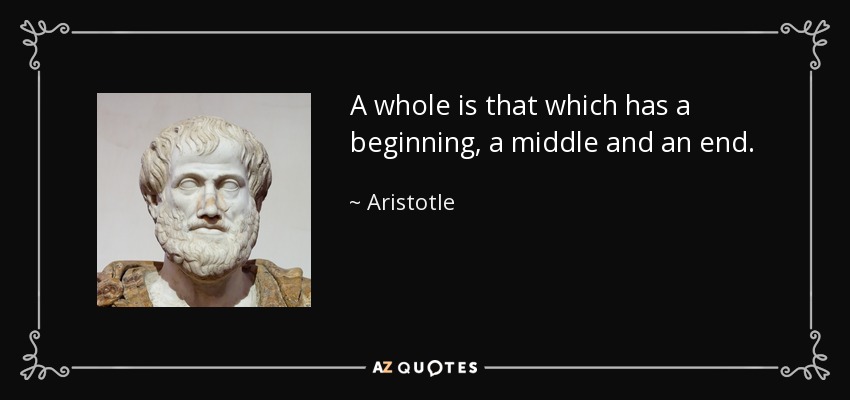



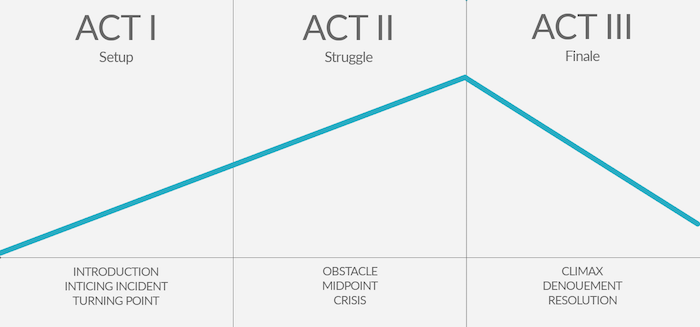

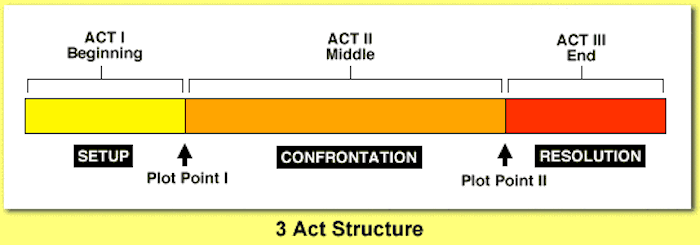
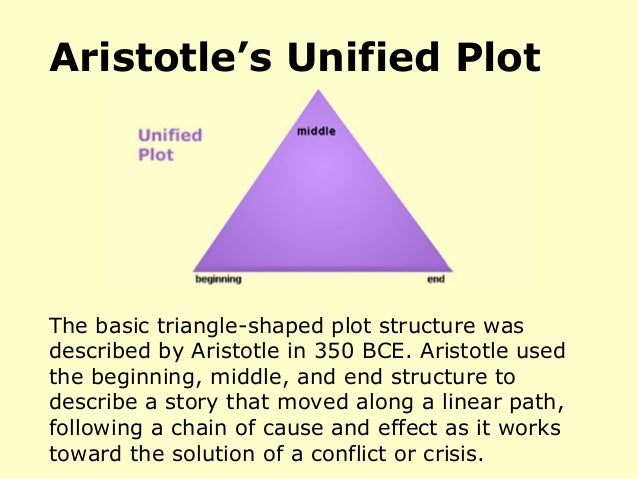



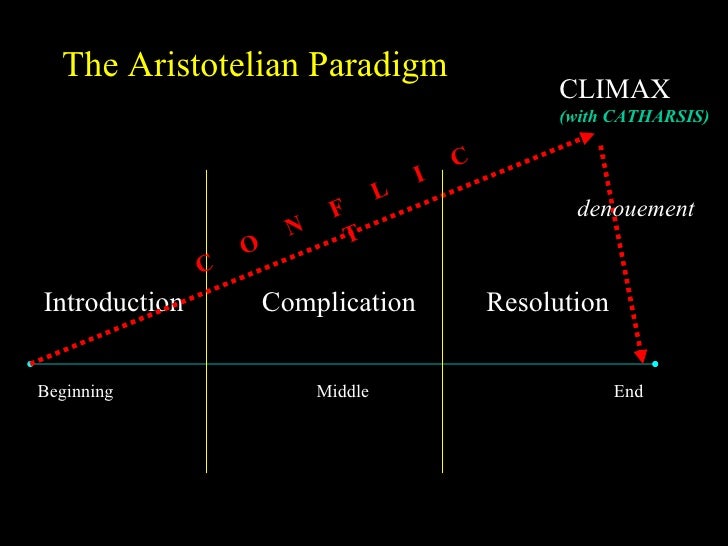


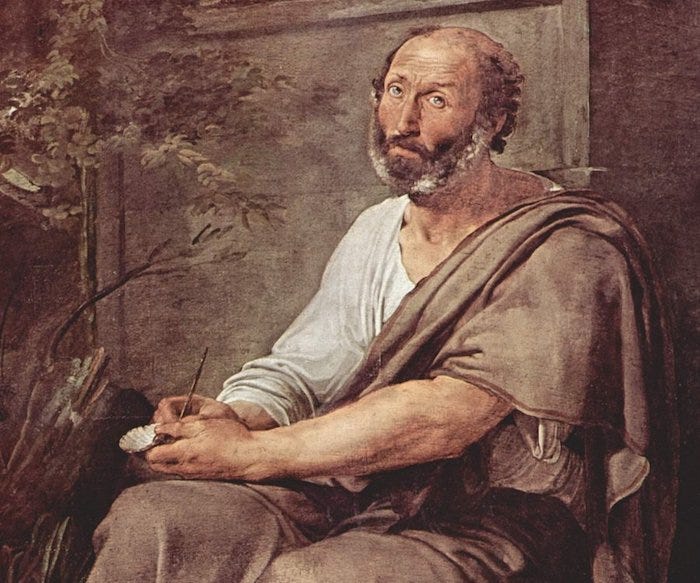






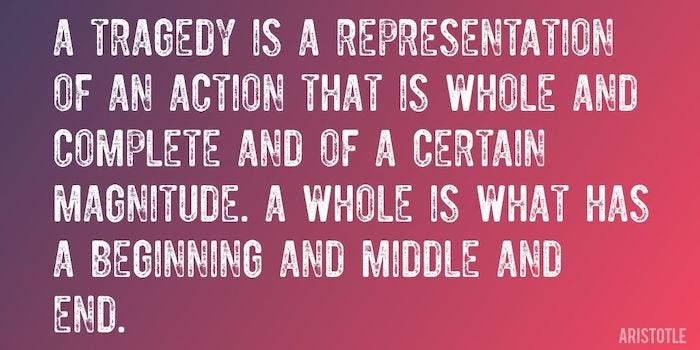


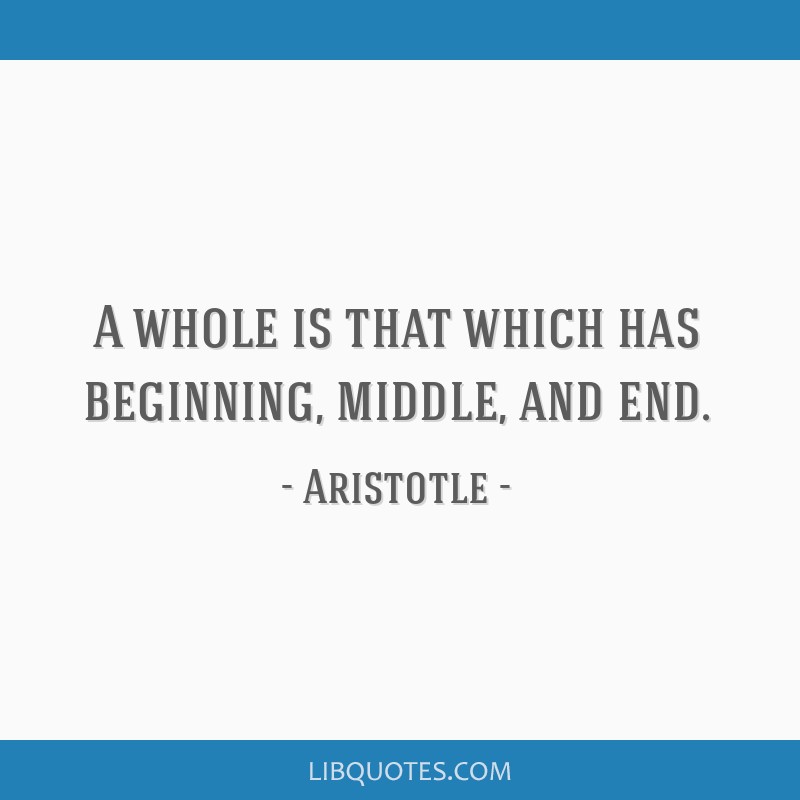
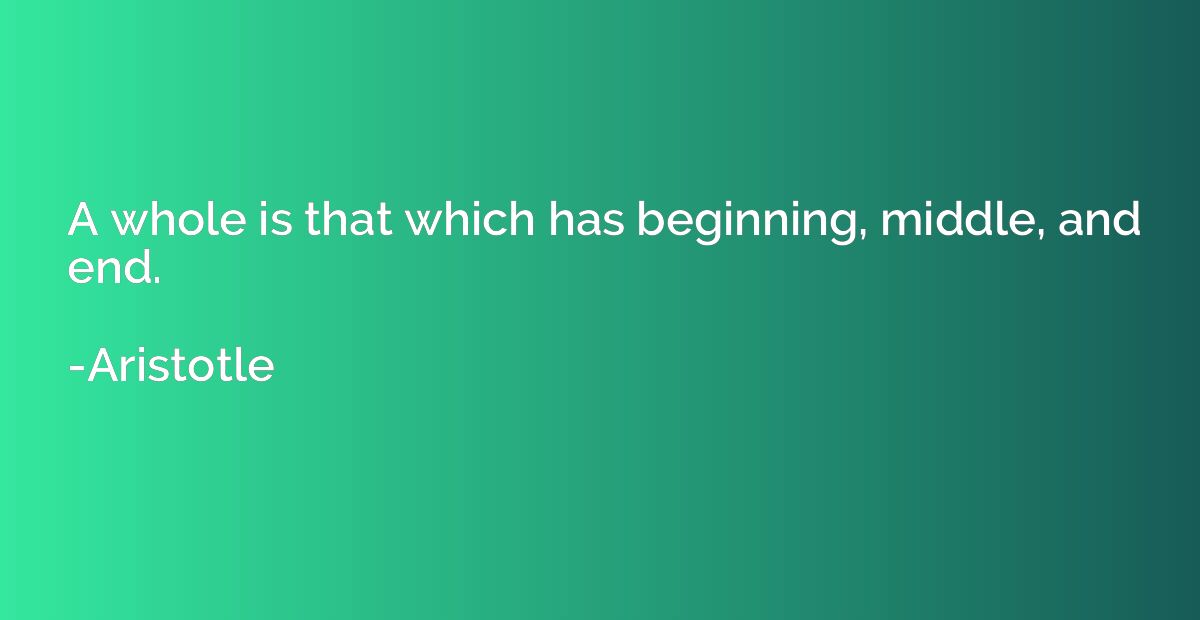

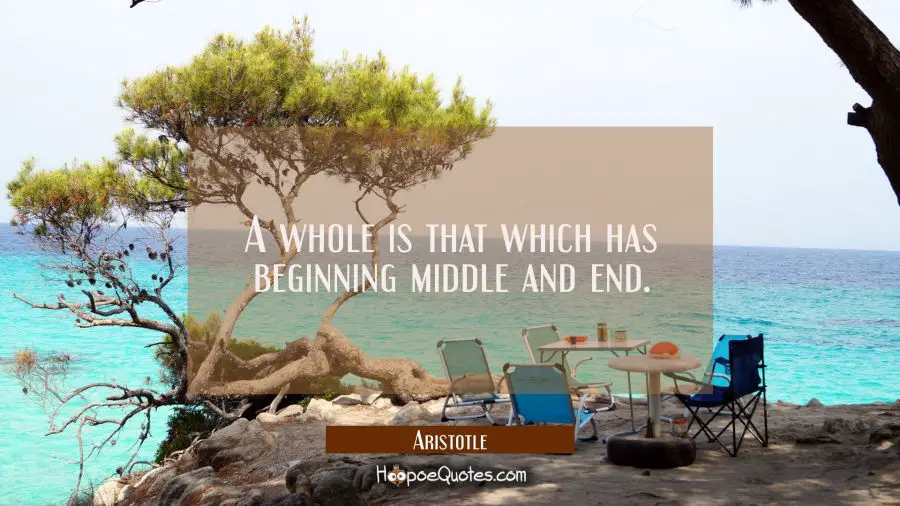








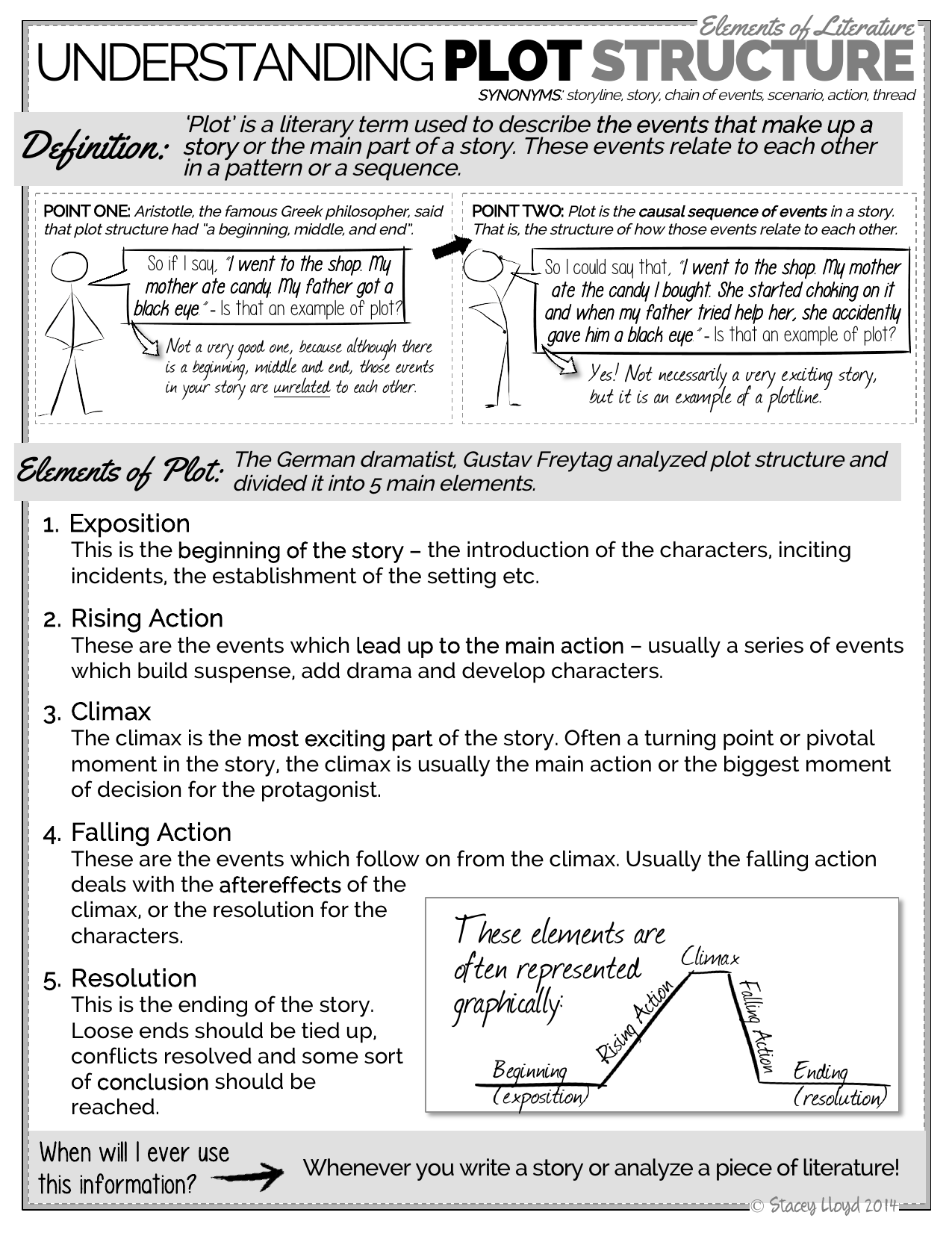
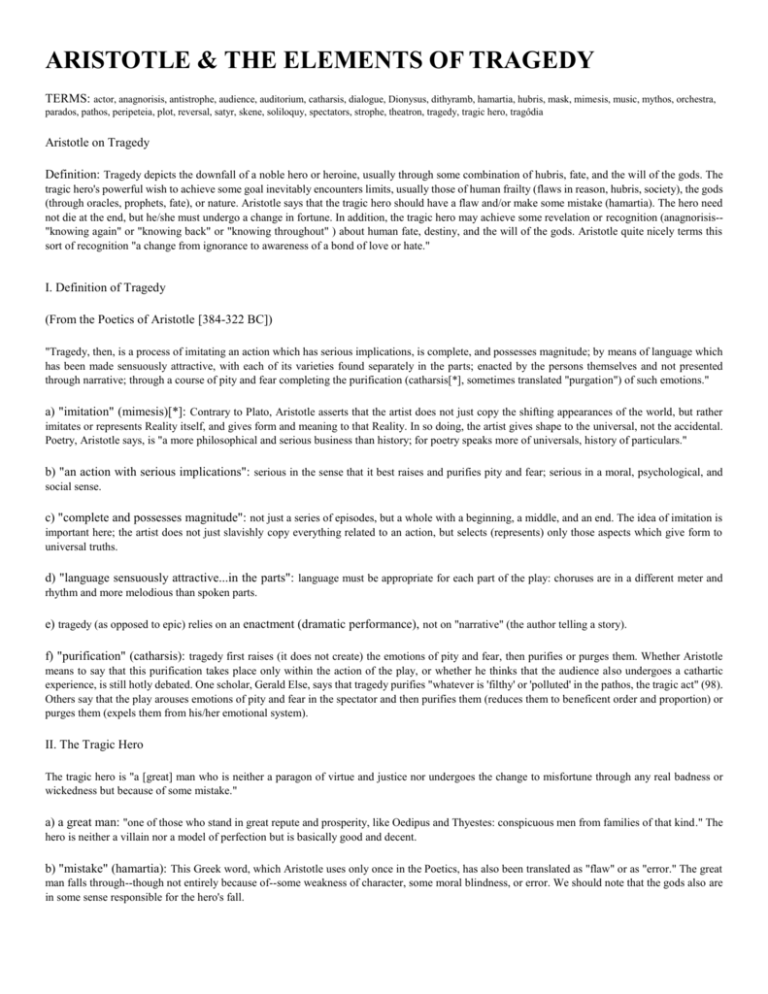
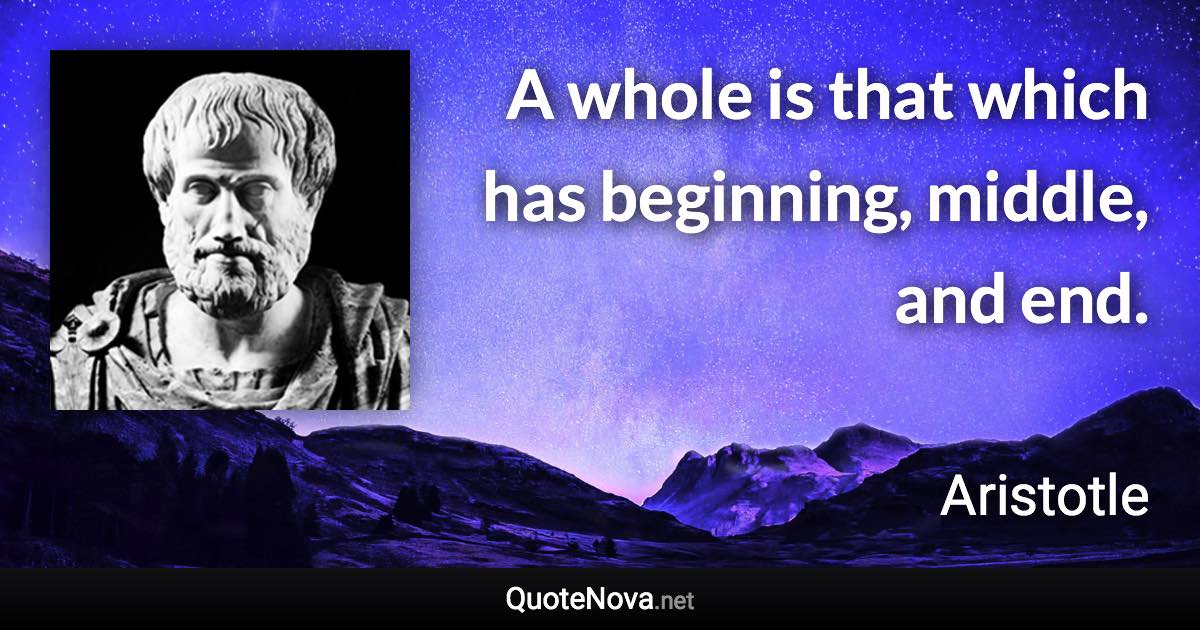


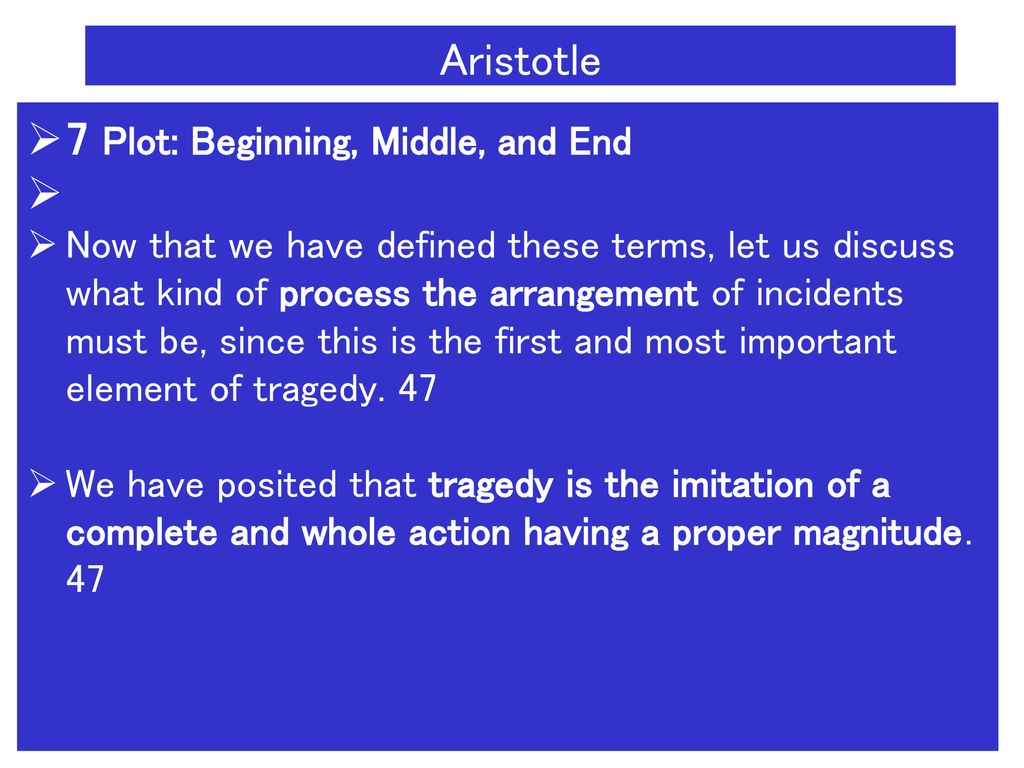
Post a Comment for "Aristotle Beginning Middle End"